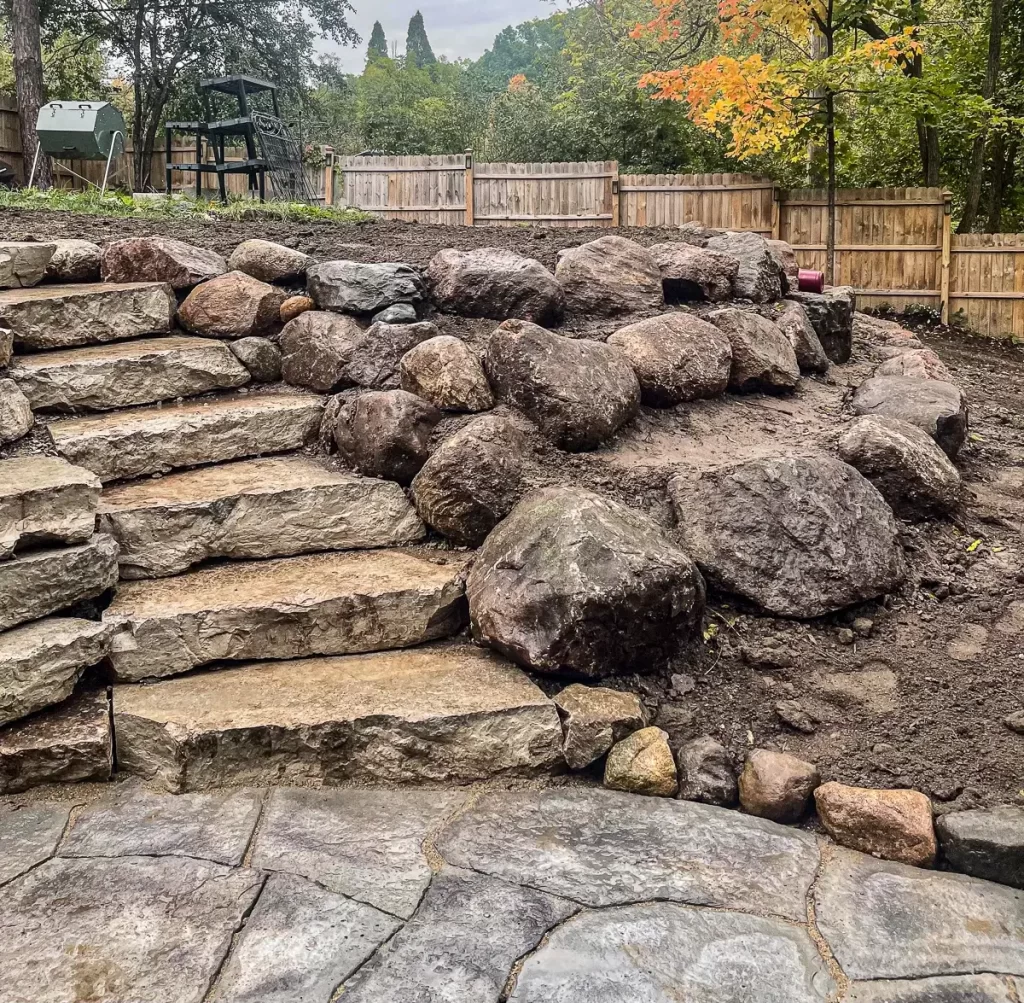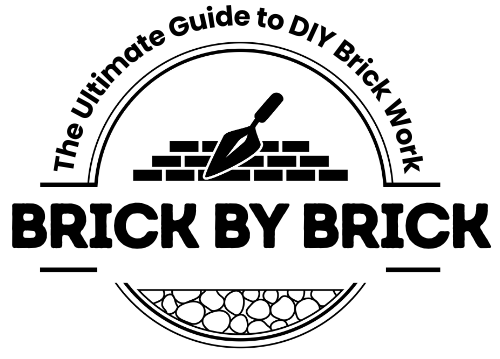Yes, a retaining wall can be repaired. Here are some insights and tips to help you with the repair process:
Identify the cause of the damage: Before starting any repairs, it is essential to identify the cause of the damage. This will help you determine the best course of action for the repair and prevent the same issue from happening again.
Assess the extent of the damage: The extent of the damage will determine the type of repair needed. If the damage is minor, you can fix it yourself. However, if the damage is extensive, it is best to hire a professional to ensure the repair is done correctly.
Gather necessary materials and tools: Depending on the type of repair needed, you may need materials such as concrete, mortar, or stones. You will also need shovel, level, and masonry tools.
Repair small cracks: If the retaining wall has small cracks, you can repair them with a concrete patching compound. Clean the crack with a wire brush and fill it with the patching compound, smoothing it out with a trowel. Allow it to dry according to the manufacturer’s instructions.
Fix large cracks or bulges: For larger cracks or bulges, you may need to remove the damaged section of the wall and replace it with new materials. This can be a more complex repair and may require the help of a professional.
Address drainage issues: Poor drainage can cause damage to retaining walls. If this is the case, you may need to install a drainage system to redirect water away from the wall.
Consider adding reinforcement: If the retaining wall shows signs of weakness, you may want to reinforce it. This can be done by installing steel bars or geogrids within the wall.
Ensure proper footing support: The stability of a retaining wall heavily depends on its footing. If you notice the wall is tilting or shifting, it may be due to inadequate footing support. In such cases, you might need to strengthen or rebuild the footing, which can involve excavating beneath the wall and adding more stable material like compacted gravel or concrete.
Use proper backfill material: The material behind the retaining wall, known as backfill, is crucial for drainage and support. Use gravel or a similar material that allows water to drain easily. Avoid using soil that retains water, as this can increase pressure on the wall and lead to damage.
Implement terracing for steep slopes: Consider terracing if your retaining wall is steep. This involves creating multiple stepped walls instead of one tall wall. Terracing can reduce the pressure on each wall and is often more visually appealing.

Apply a waterproof coating: To protect the wall from water damage, especially if it’s made of porous materials like concrete, apply a waterproof coating. This can help prevent water infiltration, which can freeze and expand in colder climates, causing cracks and damage.
Consult with a structural engineer for complex issues: If the damage is significant or you are unsure about the best repair method, it’s wise to consult with a structural engineer. They can provide expert advice on the wall’s integrity and recommend the most effective and safe repair strategies.
Regular maintenance: To prevent future damage, it is essential to inspect and maintain your retaining wall regularly. This includes checking for cracks, bulges, and any signs of water damage. Please address any issues as soon as they arise to prevent them from becoming more significant problems.
A retaining wall can be repaired! However, the extent of the damage and the cause will determine the best approach for the repair. Addressing any issues as soon as they arise is essential to prevent further damage and ensure the wall’s stability. If you are unsure about how to repair your retaining wall, it is best to consult a professional for assistance.
